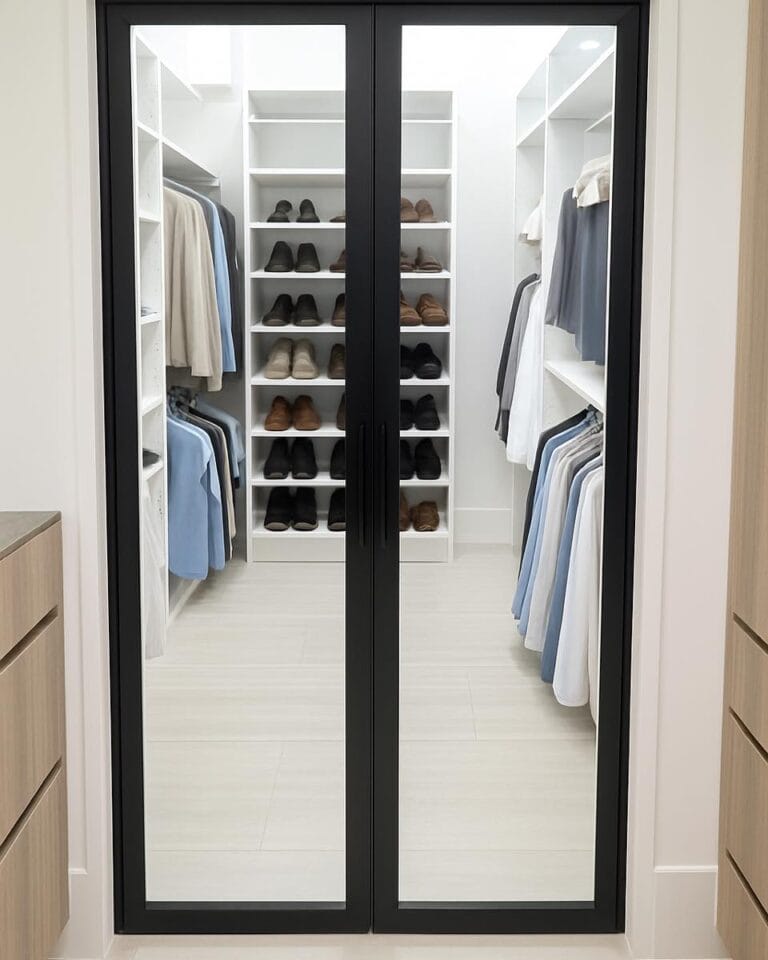Ensuring a Safe and Clean Living Space: Tips to Protect Your Health

The importance of maintaining a clean and safe living space cannot be overstated, especially when considering its direct impact on health and well-being. In our everyday lives, we often overlook the hidden dangers lurking in our homes, such as mold, dust, and chemical pollutants. These issues can lead not only to discomfort but also to serious health problems. Here are several strategies to ensure your living space remains safe, clean, and free from hazards.
Understanding Common Household Hazards
Many common household items can pose significant health risks. For instance, volatile organic compounds (VOCs) are often found in paints, cleaning supplies, and even furniture. Prolonged exposure to these substances can cause respiratory problems, headaches, and fatigue. Similarly, mold growth, which thrives in damp environments, can trigger allergic reactions and respiratory issues. Regular inspections and a keen awareness of your living space can help you identify potential hazards early. It’s essential to stay informed about the materials and products you use in your home. Simple actions such as reading labels and choosing eco-friendly alternatives can minimize risks.
Implementing Effective Cleaning Routines
Establishing a consistent cleaning routine is crucial for maintaining a healthy living space. Regular dusting, vacuuming, and sanitizing surfaces not only keeps your home looking good but also reduces allergens and pollutants. Consider using a HEPA filter vacuum, as it effectively traps dust mites, pet dander, and mold spores. While cleaning, it’s essential to choose non-toxic, environmentally friendly products to minimize exposure to harmful chemicals. Creating a checklist to manage cleaning tasks can help in staying organized and ensuring no areas are overlooked. Pay special attention to areas that often gather dust or moisture, such as under sinks and behind appliances. Consider setting a cleaning schedule that allocates specific tasks for weekly, monthly, and seasonal cleaning. This approach helps maintain a clean home without overwhelming yourself.
Improving Indoor Air Quality
Indoor air quality is an essential factor in maintaining a healthy home. Poor air quality can lead to various health issues, including allergies, asthma, and even long-term respiratory diseases. One effective way to improve air quality is by ensuring adequate ventilation. Opening windows or using exhaust fans can help circulate fresh air throughout your space. Incorporating houseplants can also boost air quality by absorbing toxins and releasing oxygen. Regularly changing air filters in HVAC systems is another critical step in managing indoor air purity. Consider investing in an air purifier equipped with HEPA filters to capture airborne pollutants effectively. Staying vigilant about humidity levels can help prevent mold growth and keep the air crisp. Recommended humidity levels range from 30% to 50%, which can be controlled using dehumidifiers when necessary.
Managing Clutter for a Cleaner Environment
Clutter can negatively impact both physical and mental health. A disorganized space can create stress and anxiety, while also attracting dust and pests. To combat clutter, start by identifying items you no longer need or use and consider donating or discarding them. Implementing storage solutions like baskets, shelves, and bins can make organizing more straightforward. Establishing designated areas for everyday items can also streamline your home. Aim to tidy up daily, setting aside a few minutes each day to maintain order. Consider investing in multi-functional furniture that can help reduce clutter while maximizing space. Teaching family members the importance of maintaining a clean space fosters shared responsibility for the home’s upkeep.
Regular Maintenance and Inspections
Conducting routine maintenance checks can prevent larger issues from developing in your home. This includes inspecting plumbing for leaks, checking electrical systems, and assessing airflow in your HVAC system. Scheduled inspections allow you to identify early signs of damage or wear that could potentially impact your health. Regular maintenance might also include cleaning gutters and checking the roof for potential leaks. Paying attention to surfaces and environments prone to mold growth, such as basements and bathrooms, can help mitigate risks. If you’re unsure about mold, professionals like The Mold Girl of Savannah offer specialized services to address mold concerns effectively. Professional services can provide deeper inspections to catch problems you might miss. Establishing a maintenance calendar can remind you when to complete various tasks, ensuring consistency.
Educating Yourself and Your Family
Knowledge is a powerful tool when it comes to maintaining a safe and clean living environment. Educate yourself and others in your household about potential hazards and the importance of a clean space. Discuss cleaning practices and safety measures regularly, reinforcing the message that cleanliness contributes to health. Provide resources, such as articles and videos, to enhance understanding of common household risks and how to mitigate them. Encourage open communication about concerns related to health and safety, fostering an environment of awareness and accountability. Teaching children about cleanliness and safety from a young age will instill lifelong habits that promote well-being. Staying informed about new cleaning methodologies and health regulations can further enhance your home’s safety.

Creating a clean and safe living space requires a proactive approach and consistent effort. By understanding hazards, implementing cleaning routines, improving indoor air quality, managing clutter, performing regular maintenance, and educating ourselves and others, we can significantly enhance our living conditions. Each small step contributes to a healthier environment, directly impacting our overall well-being.







